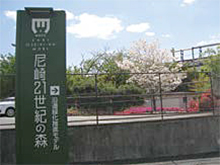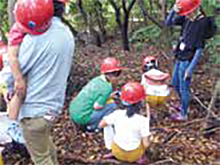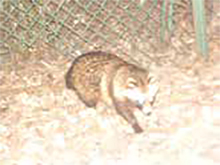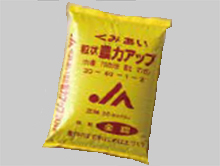Participation in community projects
Nippon Steel has steelworks in various parts of Japan and highly values its partnerships with local communities.
In addition to environmental preservation activities tailored to the characteristics of each region, we actively foster environment-related activities with local residents.
Support to cultural and sport activities is another way we actively contribute to local communities.
Kansai Works Amagasaki Area
Participating in the Amagasaki 21st Century Forests Project
In agreement with the objective of Hyogo Prefecture and Amagasaki City that it is vital that “urban development co-exists with the environment where people can enjoy the comfort that comes with living in a natural environment among water and greenery,” Kansai Works Amagasaki Area is working at increasing greenery within its grounds and received the first award of the Amagasaki 21st Century Forests Project in July 2009.

Participation in community projects
Participation in ecological preservation activities in the community
Since 2012, the Nagoya Works of Nippon Steel has participated in the Inochi-wo-Tsunagu (Life Sustaining) Project, which has been organized by a local students’ planning committee, 11 partner companies, the Eco-Asset Consortium and the Japan Ecologist Association of Support (NPO). This project seeks to develop an ecosystem network that connects green spaces of company sites. To thereby increase the potential of the connected areas, an animal pathway was established and a fixed-point observation camera recorded raccoons coming and going through the pathway.
The project received the Minister of the Environment Award of the 2021 Sustainable Social Development Award as the project activities were highly evaluated for their creation of a network that transcends student and corporate boundaries, which are linked to a wide range of cooperative activities.
In October 2023, the Chita Peninsula Green Belt, which has been promoted jointly by 11 companies including the Nagoya Works of Nippon Steel, governments, students, experts, and NPOs, has been certified as a “symbiosis with nature site” by the Ministry of the Environment.


Contribution by use of by-products
Steel slag repurposed for rice cultivation
Steel slag, a by-product of steelmaking, contains nutritional matter that helps plants grow. It is therefore used as a fertilizer for rice cultivation, dry-field farming, and pasture grass. Silica contained in steel slag promotes photosynthesis by keeping leaves upright and improving their light receiving orientation, while iron is effective in preventing root rot and leaf blight. The steel slag also contains phosphoric acid, manganese, boron, and various other components of fertilizer.
Nippon Steel donated converter slag fertilizers to cooperate with research by the Tokyo University of Agriculture for salt removal in farmland in the Soma area of Fukushima Prefecture, which was devastated by the earthquakes and tsunami of March 2011. The slag fertilizers have proved effective in rapid and efficient salt removal. The restoration of rice fields also works to restore habitats for birds, frogs, and various other living things.


